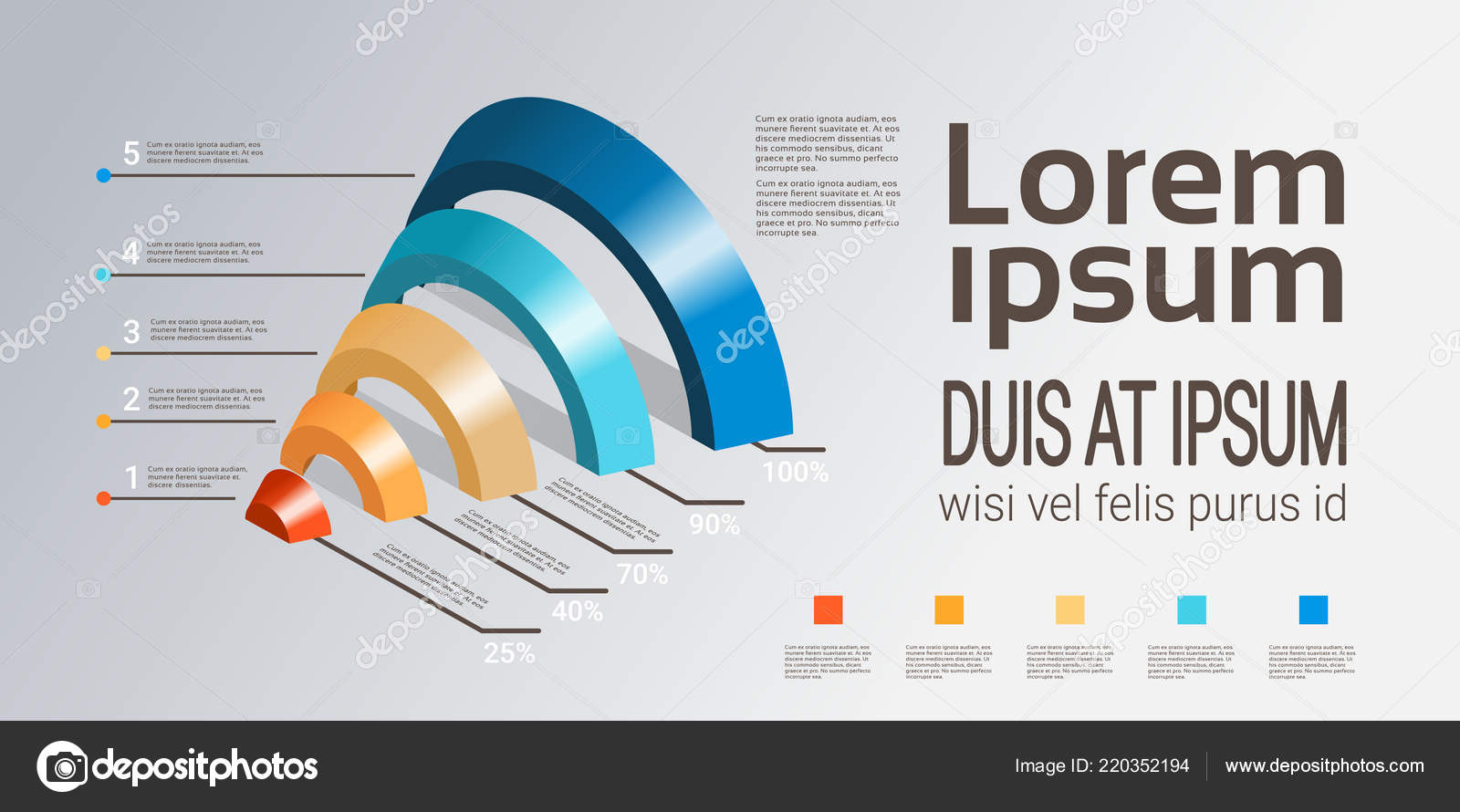The Evolution Of Website Style: From Past To Present
The Evolution Of Website Style: From Past To Present
Blog Article
Personnel Writer-Bradshaw Peters
In the past, sites were easy and concentrated on info. Navigating was straight, and design was for desktops. Currently, user experience is key. Information overviews styles for very easy navigating. Receptive formats match different tools. Today, dark mode lowers stress, and minimal menus boost navigating. Interactive functions involve individuals, and bold visuals attract attention. AI integration boosts engagement. See how https://www.searchenginewatch.com/2015/01/21/seo-advice-for-the-smb/ has evolved to improve your on-line journey.
Very Early Days of Website Design
In the early days of website design, simplicity preponderated. Sites were standard, with minimal shades, fonts, and layouts. The emphasis got on offering information as opposed to showy visuals. Individuals accessed the net via sluggish dial-up links, so speed and capability were vital.
Navigation food selections were straightforward, typically situated on top or side of the page. Websites were designed for home computer, as mobile browsing had not been yet prevalent. Web content was king, and developers focused on easy readability over complicated layout elements.
HTML was the key coding language utilized, and designers had to work within its constraints. Animations and interactive attributes were very little compared to today's criteria. Websites were static, with little vibrant content or personalized customer experiences.
Surge of User-Focused Design
With the advancement of site style, a shift towards user-focused style concepts has actually come to be increasingly famous. Today, creating internet sites that focus on individual experience is vital for engaging visitors and accomplishing business objectives. User-focused design includes understanding the demands, choices, and behaviors of your target market to tailor the site's layout, content, and features as necessary.
Developers currently perform thorough research study, such as individual studies and usability screening, to gather understandings and responses straight from customers. This data-driven technique aids in creating user-friendly navigation, clear calls-to-action, and aesthetically enticing interfaces that reverberate with visitors. By positioning the user at the center of the style process, internet sites can deliver a much more customized and satisfying experience.
Responsive style has actually additionally emerged as a vital facet of user-focused style, making sure that sites are enhanced for numerous devices and screen dimensions. This adaptability improves availability and use, catering to the varied means individuals engage with internet sites today. In essence, the rise of user-focused layout signifies a change in the direction of developing electronic experiences that prioritize the needs and assumptions of the end customer.
Modern Trends in Website Design
Discover the most recent patterns forming website design today. One popular fad is dark mode style, supplying a streamlined and modern appearance while decreasing eye pressure in low-light atmospheres. An additional essential fad is minimalist navigating, simplifying menus and boosting individual experience by concentrating on essential elements. Integrating micro-interactions, such as animated switches or scrolling impacts, can create an extra appealing and interactive internet site. Receptive style continues to be crucial, ensuring seamless customer experiences throughout numerous gadgets. Furthermore, making use of vibrant typography and asymmetrical layouts can include aesthetic interest and draw attention to specific content.
Integrating AI innovation, like chatbots for consumer support or individualized referrals, boosts customer interaction and enhances processes. Access has likewise become a substantial fad, with designers focusing on comprehensive style practices to satisfy varied individual demands. Embracing sustainability by optimizing site efficiency for rate and performance is one more arising fad in web design. Teaming up with user feedback and data analytics to repeat and improve layout continually is important for remaining relevant in the ever-evolving digital landscape. By accepting these modern trends, you can produce a visually attractive, easy to use internet site that reverberates with your target market.
Conclusion
As you assess the development of website style from the early days to now, you can see exactly how user-focused design has become the driving pressure behind modern fads.
Embrace the trip of adjustment and adjustment in web design, always keeping the user experience at the center.
Stay present with the most recent trends and technologies, and never ever quit progressing your approach to produce visually magnificent and user-friendly internet sites.
Progress, adjust, and create - the future of website design is in your hands.
